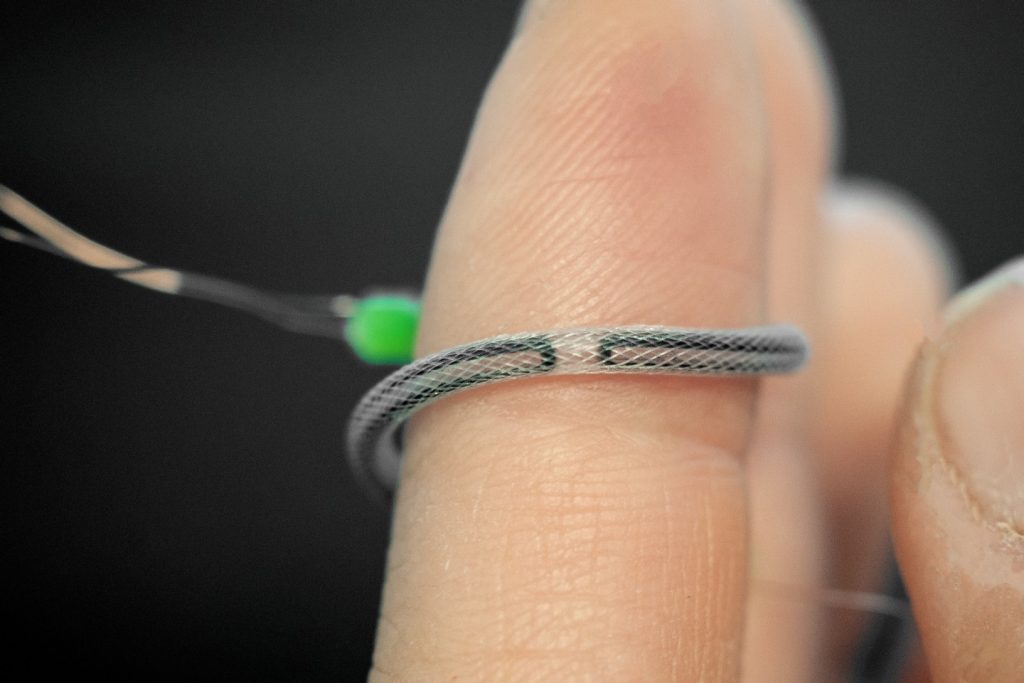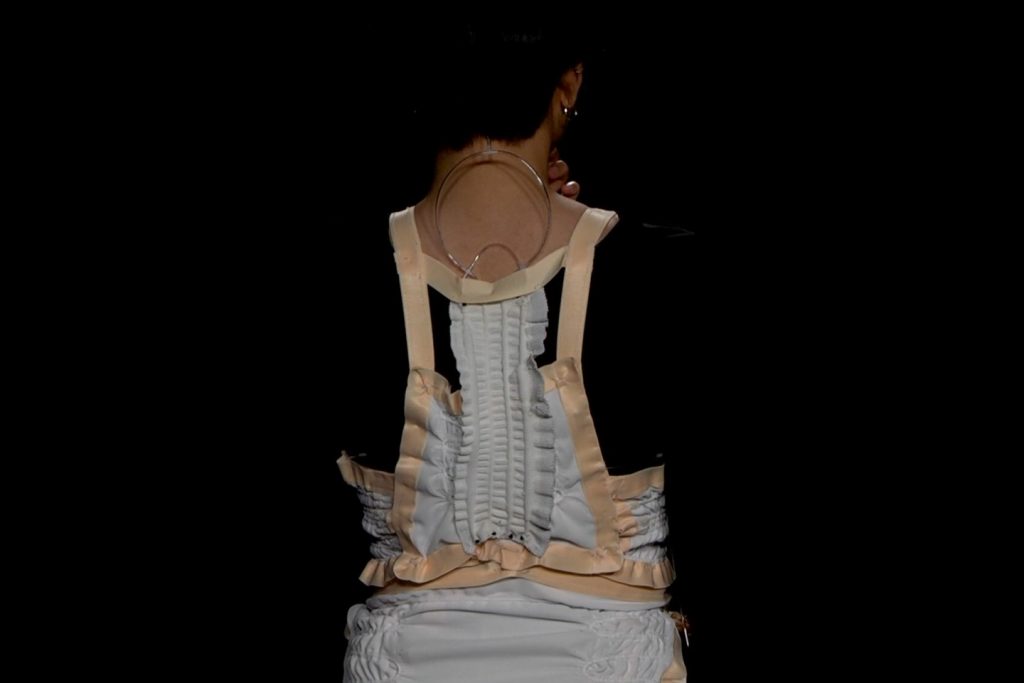Every novice singer and amateur has always wished for a device that might help them get the feels of a professional. Professional in the way they breathe and control the flow of their body and the rhythm of their tunes, and this is just one of the many uses of the new “smart” fiber.
The fiber dubbed as OmniFiber is under development by the scientists of MIT, Uppsala University, and Sweden’s KTH Royal Institute of Technology.

It is composed of inexpensive, stretchable, yarn-like fibers with a braided polymer outer sheath, an underlying layer of soft material that detects stretching or compression as a change in electrical resistance, and an inner elastomer tube that contains a fluid medium such as compressed air or water. These fibers are thin and flexible enough to be sewn, woven or knitted into fabric sheets, utilizing existing commercial textile machinery.
The fibres measure the quantity and location of movement whenever the wearer of skin-tight clothing made of that fabric moves. The pressure in the fibres is then recreated by an attached compressor, providing the new wearer with a unique breathing sensation.
Moreover, clothes containing the fibres may aid in the re-establishment of proper breathing patterns in patients recovering from surgery or respiratory diseases.
Studies have revealed that a corset-like undergarment composed of the fibres may be used to monitor and replay the movement of a trained opera singer’s respiratory muscles while she is singing.

“We eventually were able to achieve both the sensing and the modes of actuation that we wanted in the textile, to record and replay the complex movements that we could capture from an expert singer’s physiology and transpose it to a non-singer, a novice learner’s body,” says Ozgun Kilic Afsar, a doctoral student at MIT. “So, we are not just capturing this knowledge from an expert, but we are able to haptically transfer that to someone who is just learning.”
The OmniFiber technology is now undergoing substantial development for movement training in domains such as calligraphy and dance. Recently, it was exhibited at the Association for Computing Machinery’s online User Interface Software and Technology conference.
Source: MIT


